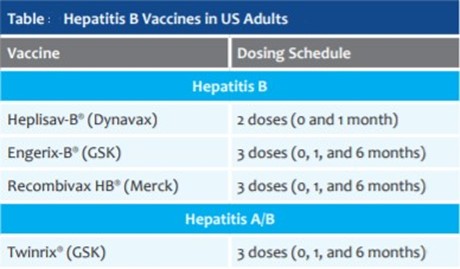The nurse is preparing to perform a physical assessment. What are the four techniques used?
Palpation, relationship, inspection, and evaluation.
Inspection, palpation, percussion, and auscultation.
Vital signs, health history, general survey, and height and weight.
Auscultation, general survey, vital signs, and color.
The Correct Answer is B
Inspection, palpation, percussion, and auscultation are the four techniques used to perform a physical assessment.
Inspection involves observing the patient’s appearance, posture, movement, and behavior. Palpation involves feeling the patient’s skin, organs and pulses with the hands.
Percussion involves tapping the patient’s body with the fingers or a small hammer to elicit sounds or vibrations.
Auscultation involves listening to the patient’s heart, lungs, and bowel sounds with a stethoscope.
Choice A is wrong because relationship and evaluation are not techniques of physical assessment.
Relationship refers to the rapport and trust established between the nurse and the patient.
Evaluation refers to the process of comparing the expected outcomes with the actual outcomes of the nursing interventions.
Choice C is wrong because vital signs, health history, general survey, and height and weight are not techniques of physical assessment.
They are components of a health assessment, which is a broader term that includes physical assessment as well as other aspects of the patient’s health status.
Choice D is wrong because color is not a technique of physical assessment.
Color is an aspect of inspection, which is one of the techniques of physical assessment.
Nursing Test Bank
Naxlex Comprehensive Predictor Exams
Related Questions
Correct Answer is C
Explanation
This is because furosemide is a diuretic that makes you pee more and lose water and electrolytes such as potassium and sodium.
Therefore, you should avoid foods that are high in sodium or potassium, such as bananas, oranges, cranberries, and bagels with cream cheese.
You should also drink plenty of fluids to prevent dehydration.
Choice A is wrong because oatmeal with a banana, milk, and orange juice contains too much potassium, which can cause irregular heartbeat or muscle weakness when taking furosemide.
Choice B is wrong because blueberry muffins, cranberry juice, and herbal tea contain too much sodium and sugar, which can raise your blood pressure and worsen your heart failure.
Choice D is wrong because a bagel with low-fat cream cheese and decaffeinated coffee contains too much sodium and caffeine, which can cause fluid retention and increase your heart rate.
Normal ranges for potassium are 3.5 to 5.0 mmol/L and for sodium are 135 to 145 mmol/L.
You should monitor your electrolyte levels regularly when taking furosemide.
Correct Answer is B
Explanation
.“I need to receive 3 doses of hepatitis B vaccination to assure protection.” This statement indicates that the person understands that hepatitis B is a serious infection that can be prevented by vaccination.
Hepatitis B vaccine is given as a series of 3 shots over a period of 6 months.

Choice A is wrong because hepatitis A is not usually transmitted through unprotected sex, but through ingestion of contaminated food or water or direct contact with an infected person.
Hepatitis A can also be prevented by vaccination.
Choice C is wrong because hepatitis C can be transmitted through IV drug use, as well as blood transfusions, organ transplants, needlestick injuries, and sharing personal items such as razors or toothbrushes with an infected person.
Hepatitis C can cause chronic liver disease and there is no vaccine for it.
Choice D is wrong because there is a vaccine for hepatitis A, which can provide lifelong protection against the infection.
Hepatitis A usually does not require treatment and most people recover completely within a few weeks. There is no specific medication to cure hepatitis
Whether you are a student looking to ace your exams or a practicing nurse seeking to enhance your expertise , our nursing education contents will empower you with the confidence and competence to make a difference in the lives of patients and become a respected leader in the healthcare field.
Visit Naxlex, invest in your future and unlock endless possibilities with our unparalleled nursing education contents today
Report Wrong Answer on the Current Question
Do you disagree with the answer? If yes, what is your expected answer? Explain.
Kindly be descriptive with the issue you are facing.
